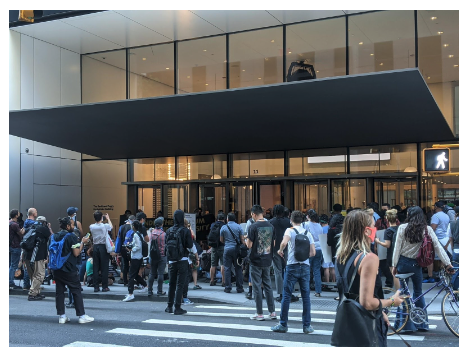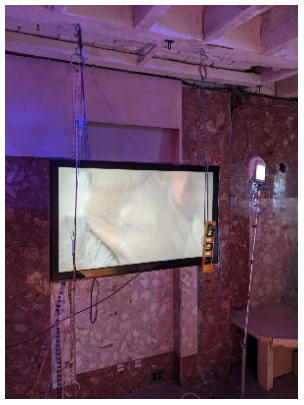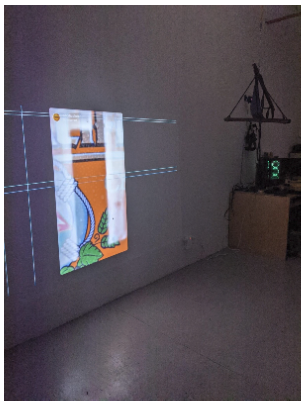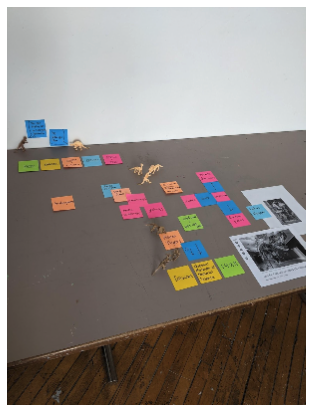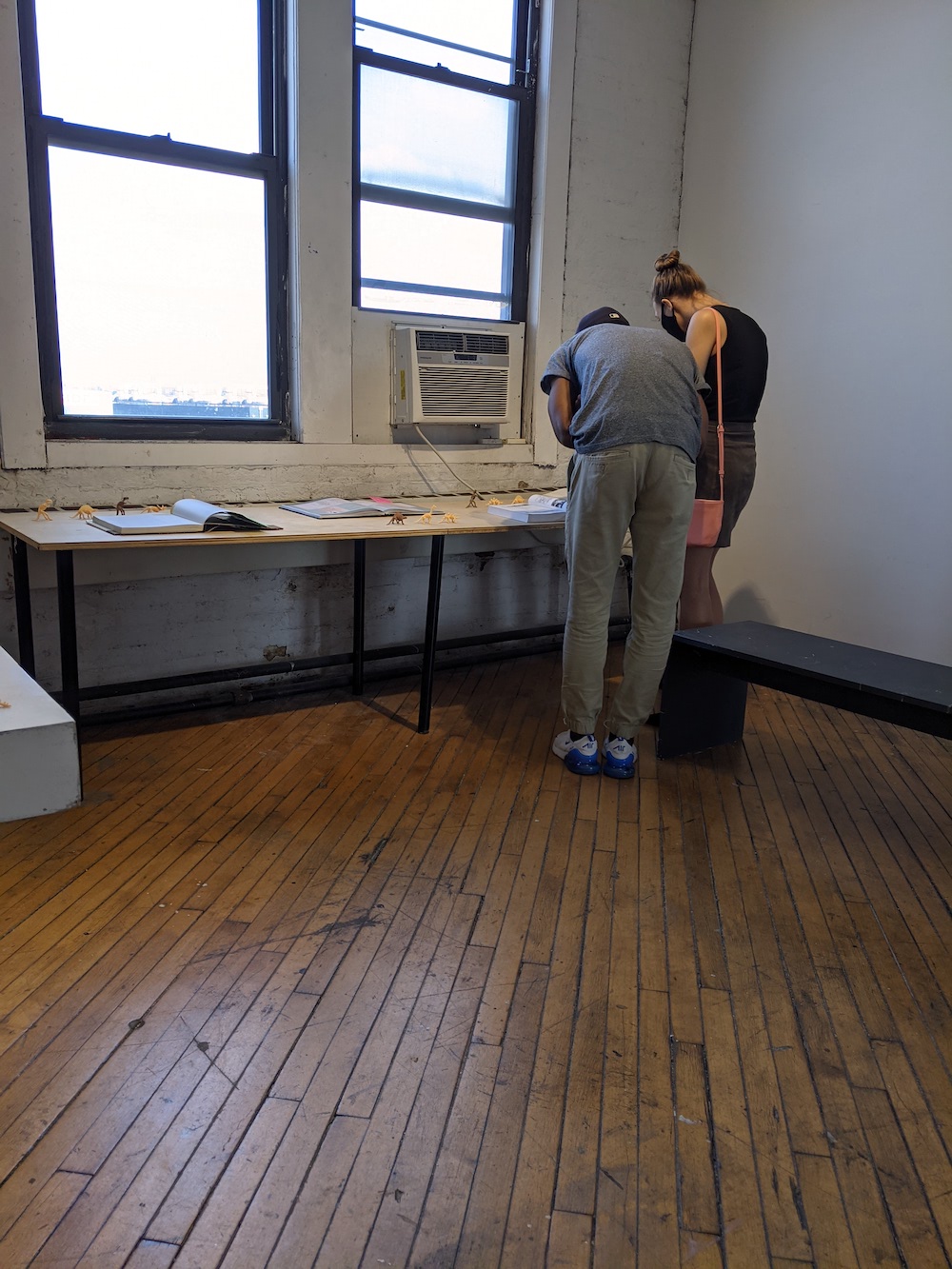Artists
Photo Credit: NIU Chun-Chiang
Shih-yu Hsu
Shih-yu Hsu
| Location | USA / New York, NY |
|---|---|
| Residency | International Studio & Curatorial Program (ISCP) |
| Year of the Grant | 2021 |
Hsu worked at National Palace Museum, Taiwan in 2012 as a research assistant. She also interned at the Digital Media Department at the Whitney Museum of American Art and assisted the “Whitney Biennial 2014.” In 2017, she joined the curatorial team of the “Taiwan Pavilion” of Venice Biennale 2017.
She was in charge of the exhibition “Doing Time” by Hsieh Teh-Ching. Her curatorial projects include “Emit” at The Schoolhouse, Brooklyn, New York (2014); “Level Up” at Taiwan Economic and Cultural Office New York (2015); “Resistance is Futile” at Gallery 456, Chinese American Arts Council, New York (2017). Hsu is currently contributing articles to “Artist Magazine” and “Art Investment” magazines. She is also the co-founder of the online art platform “SCREEN” and promotes Taiwanese artworks.
Artist Statement:
My project for the ISCP residency is to research how the display medium establishes perceptions of the exhibits to audiences. And how women and nature, who are seen as “the Other” are displayed. I compared the American Museum of Natural History (abbreviated as AMNH) with the National Museum of Natural Science, Taiwan. One updated its Fossils Hall in 1995, and the other renovated the dinosaur exhibition in 2004. I am trying to discover the politics of visual media display from these two subjects.
Because of the COVID-19 pandemic, my residency was divided into online and offline parts. For the online activity, the ISCP staff organized online meetings. In addition to introducing organizational resources and the epidemic adjustments, we also discussed the resources I might need for my project. Moreover, there were monthly online discussions with guest curators which I obtained pieces of great advice.
Besides online discussion, I have visited AMNH several times. However, I could not use the museum library due to COVID-19 restrictions. Therefore, I turned to the online database of AMNH for most of my research. ISCP also organized visiting art galleries, artist studios, and various institutions, including commercial galleries in Chelsea and the Lower East Side of Manhattan. The nonprofit space “Beverly’s” on the Lower East Side impressed me among all the visiting. It is a bar that features artist-created displays, which offers artists a space different from the typical white box. I also visited the studios of ISCP’s resident artists, including artist Carlos Franco. Through the studio visits, I learned more about the artist’s recent creations and the contexts of their works. What's more, I participated in the art protest movement "Strike MoMA" in New York. In addition to sit-in protests at the MoMA Art Museum, I also joined the protest movement's online discussion and book club.
There were also two public events during my residency. One was the online Open Studio on April 27th and 28th, in which I gave a briefing about my project. The other is the face-to-face Open House event on July 28th. At this event, I presented my research materials alongside a mind-map to show the stage of my project. I was glad that the director and the secretary of the Taipei Cultural Center in New York visited my studio. Besides, I have received a lot of feedback from audiences interested in my project. They could be the target audience for my future exhibition.
During my residency at ISCP, I experienced the most severe time of the coronavirus epidemic and the first unlock period. So, I learned how art institutions organize and operate proper online programs and conduct prevention measures during the epidemic. Finally, I appreciated this residency opportunity very much. It accelerated the progress of my research and acquired me a lot of valuable data by interviewing various curators, visiting institutions, and audience feedback. All of these guide me in a new direction for my project.
Author: Shih-yu Hsu
Edited by: Brix


